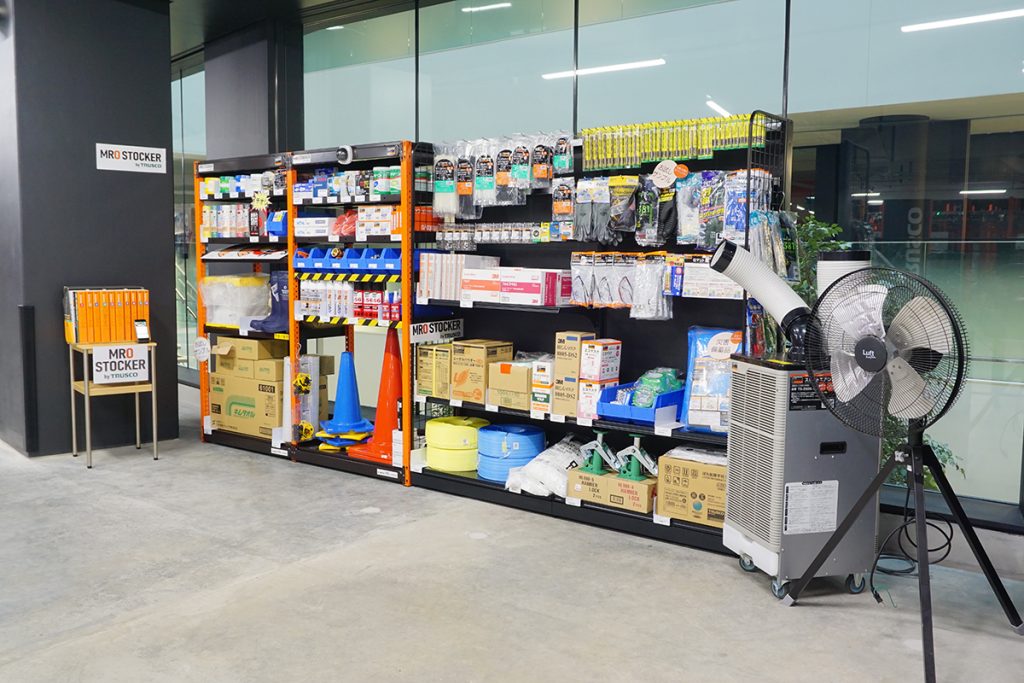01/29/2021
Digital transformation makes business stronger
DX Grand Prix 2020 award winners offer models for digitalization
Pursuit of quick delivery
Trusco Nakayama is a major machinery tool wholesaler, selling 2.39 million items to manufacturers in Japan and overseas. Its competitive edge is in the over 400,000 items it keeps in stock, allowing it to deliver products to customers who want them immediately. In explaining Trusco Nakayama’s dogged effort to respond to customer needs, President Tetsuya Nakayama said, “We emphasized stock hit rate, which indicates what percentage of orders were immediately filled from the stock, as the most important operational performance indicator, rather than stock turnover rate, which has no benefit to customers.” And the company maintains the rate as high as 91%. He believes the company operates a kind of business that is only possible by a company that has the closely coordinated aspects of what he calls “digital power,” “logistic power” and “inventory power.”

To reinforce digital power, Trusco Nakayama has worked to reform operational processes within the company and establish data linkage with customers since it updated its core system. The company updated the core system in January 2020 and launched “Sokuto Meijin” (Master of Quick Response), an automated cost-estimating service that uses artificial intelligence. As part of its reforms of sales operation, it launched a “Face Phone’’ service that combines a proprietary smartphone app and teleconferencing apps to allow customers to contact Trusco Nakayama sales staff anytime, anywhere. The service has helped quicken responses to customer inquiries and enhance communication.

Trusco Nakayama has also launched MRO Stocker, which took its cue from Japan’s traditional okigusuri merchants, who used to leave medicines in households and later collected money only for the amounts used.
The company believes MRO Stocker, in which tools and supplies are stocked at customer factories, is “the ultimate form of immediate delivery.”

It is a new form of business that symbolizes the key aim of digital transformation, which is to fundamentally reform a business model using digital technology and open a new path for growth. Under the service, customers can purchase products by using a dedicated app to scan bar codes. It is a simple system that reduces customer-management costs and eliminates lead time. The service automatically notifies Trusco Nakayama of purchased items, which will be restocked. The company now plans to introduce a system that uses artificial intelligence to predict and suggest the tools customers will likely need with a high degree of accuracy. He said: “It’s not like we just blindly pursued digitalization. Instead, we pursued our vision of what a company should be, and digitalization was needed to achieve it.”Companies often fall into the fallacy of focusing on just methods of digitalization, forgetting about how they should use it create value from the customer perspective. But the ideas devised by Komatsu and Trusco Nakayama and their business models arguably show what digitalization should aim for in simple terms.


